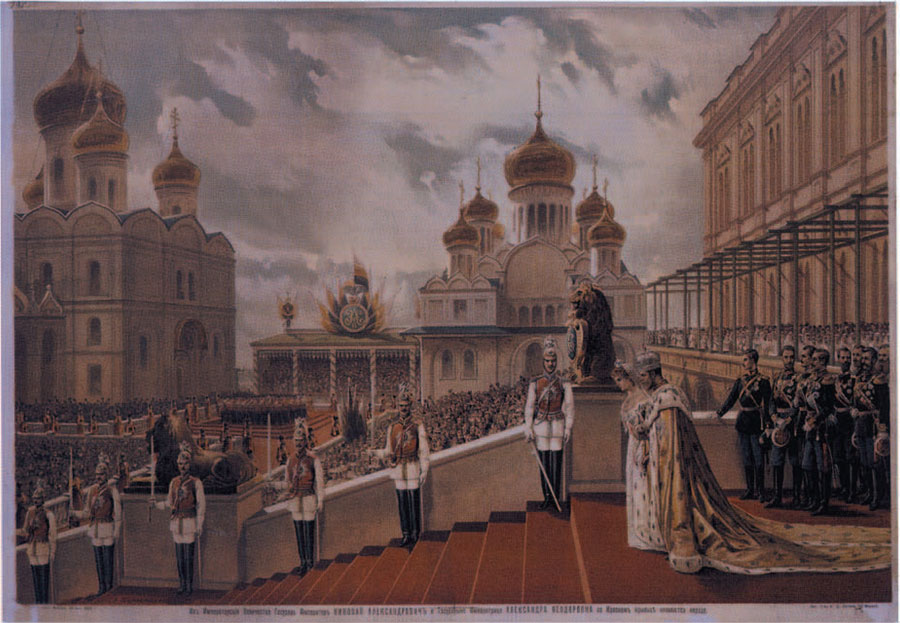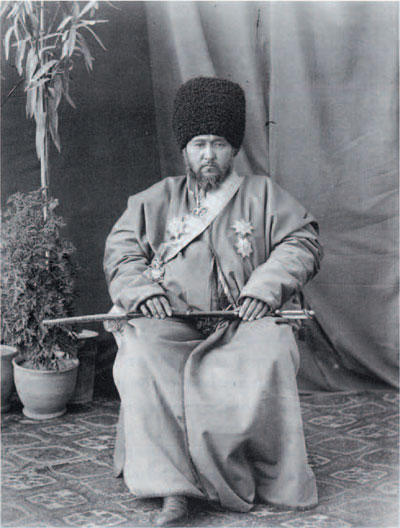
Why was Zelia Nuttall, a well-known Aztec scholar, engaged to travel to Russia as a representative of the University of Pennsylvania Museum in 1896? The Museum wished to establish artifact and publication exchanges with Russian museums, and to offer financial assistance to Russian archaeological excavations in exchange for a proportionate share of the discoveries.
Phoebe Apperson Hearst, mother of William Randolph Hearst, had been forced to cancel a planned trip to attend the coronation of Czar Nicholas II and the Czarina Alexandra in Russia. She decided to put her reservation and accommodations in Moscow at the disposal of the Museum. (Mrs. Hearst also helped defray travel expenses and the cost of purchasing collections.)

Zelia Maria Magdalena Nuttall (1857-1933), a scholar of Aztec and other Mexican pre-columbian cultures who was widely known throughout Europe, was a close friend of Sara Yorke Stevenson. Stevenson was a Member of the Museum’s Board of Managers and Curator of the Egyptian Section. The two had corresponded regularly since meeting in 1893. Nuttall had mastered various languages, including some Russian. Stevenson, thus, had no problem choosing her to represent the Museum on the expedition to Russia when the occasion arose.
Nuttall attended the coronation ceremonies and visited a number of museums to set up exchanges. She also traveled to the annual Pan-Russian Industrial and Art Exhibition at Nijni-Novgorod (modern Gorki) east of Moscow, where she was able to inspect artifacts from as far away as Siberia and southern Russia. The collection she amassed for the Museum comprises over 400 objects from Russia, Finland, Poland, and Russian Turkestan. It includes items of clothing, household utensils and furnishings, religious objects, coins, jewelry, musical instruments, pottery, and tools. She also acquired a set of photographs illustrating the manners and customs of the Kirgiz people who live in the vicinity of Tashkent and Samarkand in Uzbekistan. As a personal gift to the Museum, Nuttall presented a set of color lithographs of the coronation ceremony, as well as other coronation souvenirs such as mugs, plates, and handkerchiefs.
